IMpaCT welcome students from the Clube Xenon
On March 7th morning, the ITQB NOVA and the MX Unit opened the doors to welcome a group of 30 boys, from ages 14 to 18, so they could be scientists for one day. This students’ visit was integrated in the Program Forward from the Clube Xenon, from Lisbon, (http://clubexenon.org/forward/) that aims to give young boys the opportunity to develop their skills in different areas and promote a broadening of their professional and personal growth to help their choices in the future.
The morning started with some insight sharing with Margarida Archer, how has been her career in science, what is the research topics of structural biology and what are its applications, and the Nobel Prize in 2017. During this lecture the students where curious to understand "What does it take to become a scientist? Is it too difficult? How do we choose? How can we see things at atomic level?".
After this introductory session, the students were then divided in three groups and some lab work began. During this time the students had the opportunity to make their own lysozyme crystals and to visualize them under the microscope. They also had the opportunity to visit the X-ray diffractometer room, to better understand how crystallographers measure their data. After that the fun part, the computational visualization of the electron density maps that allows the 3D construction of the protein structures! It was an exciting visit accompanied hosted by our IMpaCT senior research members Margarida Archer, Carlos Frazão and José Brito.
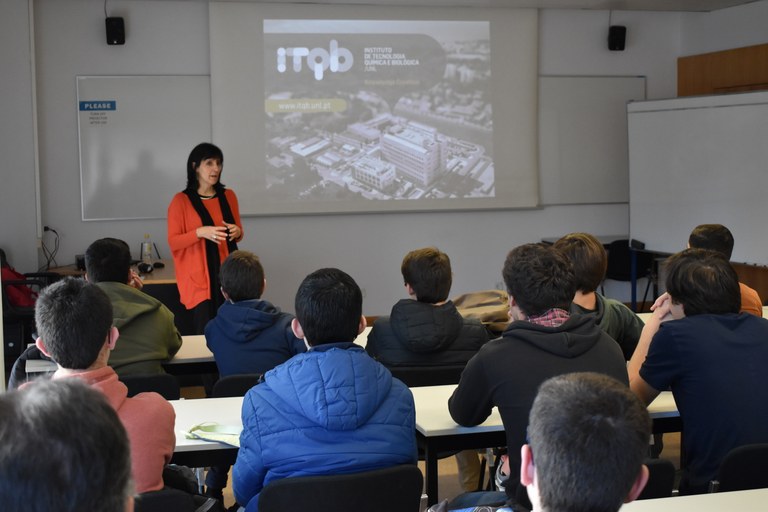
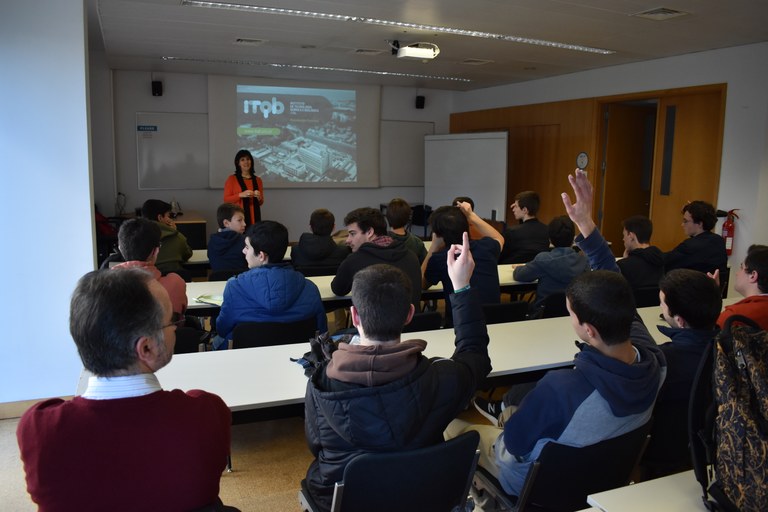
Margarida Archer welcoming lecture.
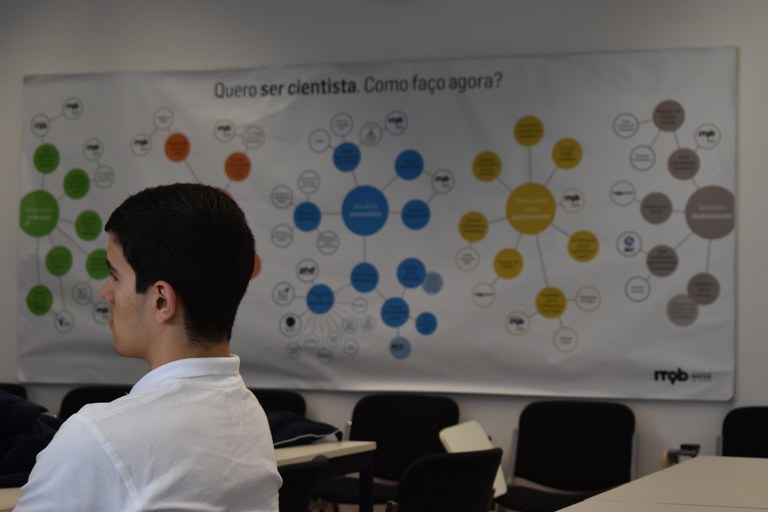
"I want to become a scientist. How do I do it?"
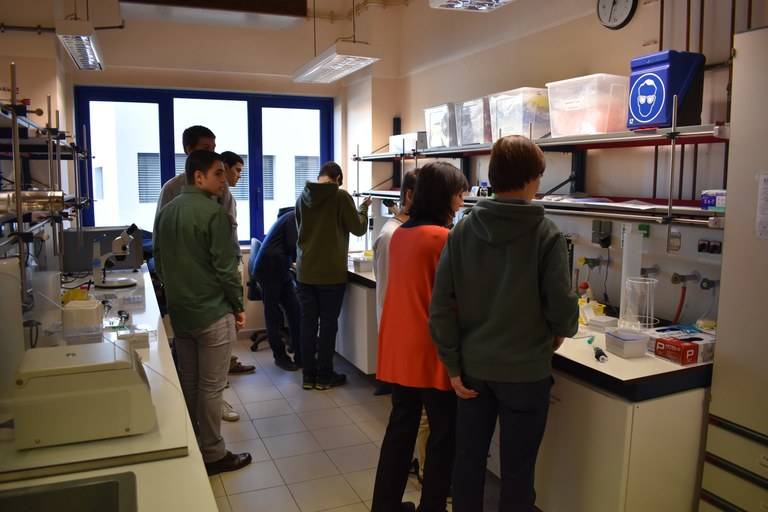
The 30 students were divided into 3 small groups and had to opportunity to explore some of the MX-Unit and the ITQB NOVA facilities.
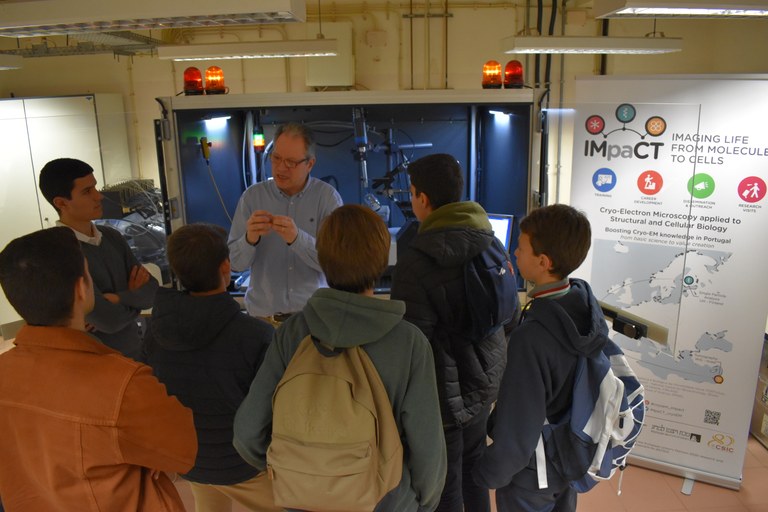
Carlos Frazão with a group of students at the X-ray diffractometer room.
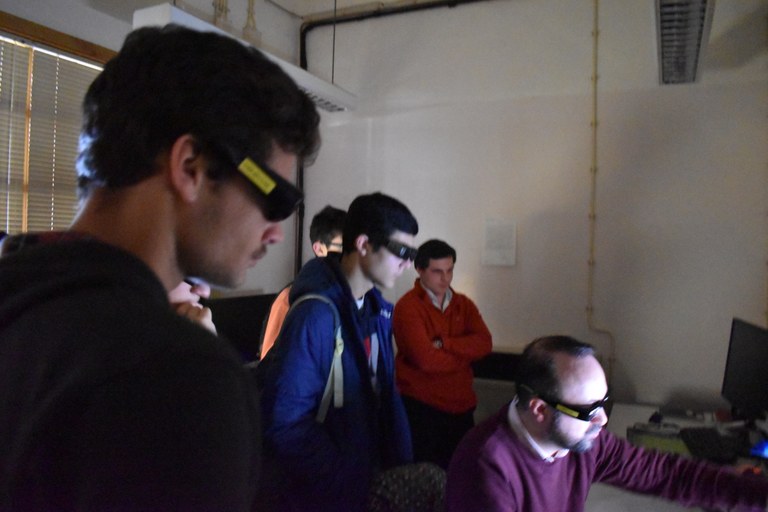
José Brito explained the process of the 3D reconstruction of the protein structure by analysing the electron density.
